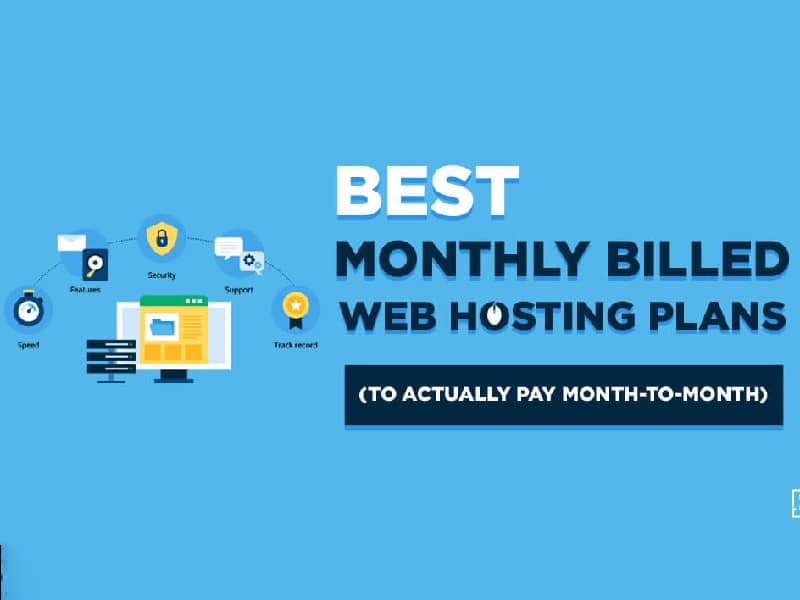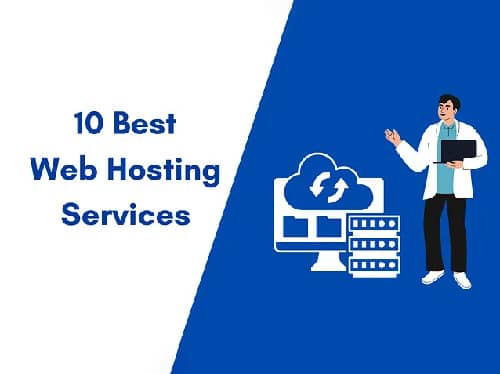Implementing PCI-Compliant Payment Gateways for Secure Online Transactions
In today's digital landscape, providing a seamless and secure online payment experience is paramount for any business. As e-commerce continues to flourish, understanding how to securely process payments and maintain compliance with Payment Card Industry Data Security Standard (PCI DSS) is crucial. This article serves as a comprehensive guide for experienced web developers, hosting providers, webmasters, and system administrators seeking to integrate payment gateways into their platforms while prioritizing security and compliance.
Understanding Payment Gateways and PCI Compliance
A payment gateway acts as a bridge between your website or application and the payment processor, facilitating the secure transfer of sensitive payment information. When a customer makes a purchase, the payment gateway encrypts the data and transmits it securely to the payment processor for authorization and settlement.
PCI DSS is a set of security standards designed to protect cardholder data and reduce credit card fraud. Compliance with PCI DSS is mandatory for any organization that handles, stores, or transmits credit card information. Failure to comply can result in hefty fines, penalties, and reputational damage.
Choosing the Right Payment Gateway
Selecting the appropriate payment gateway is essential for a smooth and secure online payment experience. Consider the following factors when choosing a payment gateway:
- Security: Ensure the payment gateway complies with PCI DSS and uses robust security measures such as encryption, tokenization, and fraud detection tools.
- Integration: Choose a gateway that seamlessly integrates with your existing website platform, shopping cart software, and other business systems.
- Supported Payment Methods: Select a gateway that supports a wide range of payment methods, including credit cards, debit cards, digital wallets, and alternative payment options.
- Fees and Charges: Compare the fees and charges associated with different payment gateways, including transaction fees, monthly fees, and setup costs.
- Customer Support: Opt for a payment gateway provider that offers reliable and responsive customer support to assist with any technical or integration issues.
Steps to Set Up a Payment Gateway
Integrating a payment gateway into your website or application typically involves the following steps:
- Choose a Payment Gateway Provider: Research and select a reputable payment gateway provider that meets your specific business requirements.
- Create an Account: Sign up for an account with the chosen provider and complete the necessary verification process.
- Configure Gateway Settings: Configure the payment gateway settings according to your business needs, including currency, payment methods, and security options.
- Integrate with Your Platform: Integrate the payment gateway into your website or application using the provider's API documentation and integration guides. This step may involve working with your web developer or hosting provider.
- Test the Integration: Thoroughly test the payment gateway integration to ensure that transactions are processed securely and smoothly. Use test credit card numbers provided by the gateway provider to simulate real transactions.
Best Practices for Secure Payment Gateway Integration
To enhance the security of your payment gateway integration, consider implementing the following best practices:
- Use a Secure Hosting Environment: Ensure your website or application is hosted on a secure server with a valid SSL certificate. This will encrypt all data transmitted between the browser and the server.
- Regularly Update Your Systems: Keep your website platform, shopping cart software, and other business systems up to date with the latest security patches and updates.
- Implement Strong Passwords and Two-Factor Authentication: Enforce strong password policies and enable two-factor authentication for all user accounts, including payment gateway accounts.
- Monitor Transactions for Suspicious Activity: Regularly monitor payment gateway transactions for any unusual patterns or suspicious activity. Implement fraud detection tools and set up alerts to notify you of potential security breaches.
- Educate Your Staff on Security Best Practices: Train your employees on PCI DSS compliance and security best practices to minimize the risk of data breaches.
















